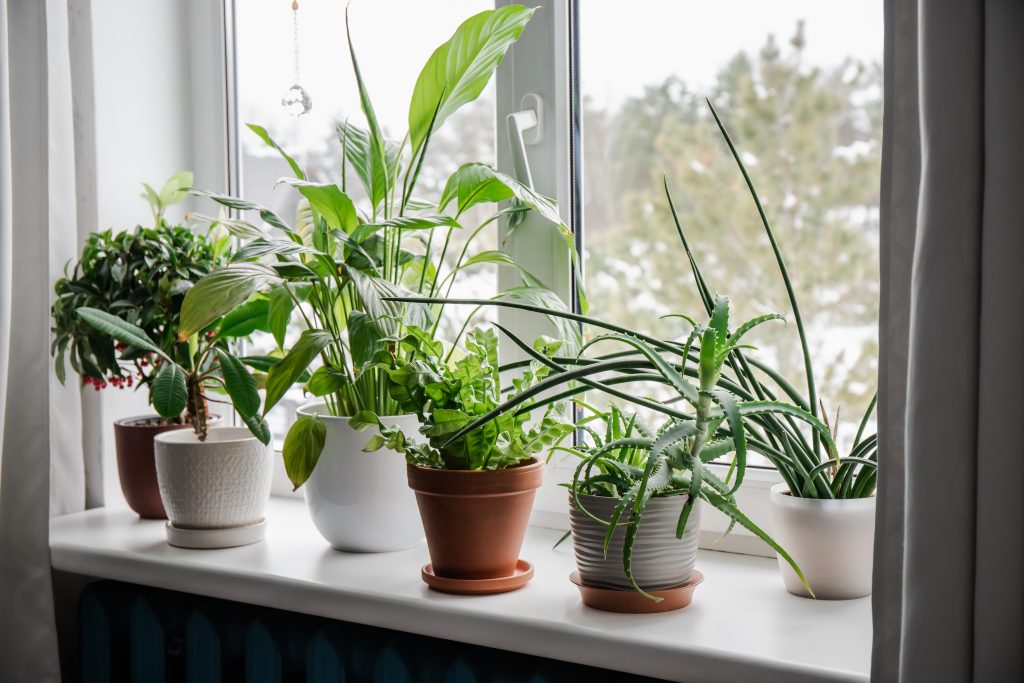Green Guardians: The Surprising Environmental Impact of Your Indoor Jungle

Green Living: How Houseplants Can Make a Difference
Indoor gardening isn't just about creating a beautiful living space—it's also a subtle yet meaningful way to connect with environmental sustainability. Your passion for houseplants does more than simply beautify your home; it can actually contribute to a healthier planet in several surprising ways.
Houseplants are natural air purifiers, quietly working to remove toxins and improve indoor air quality. Species like snake plants, spider plants, and peace lilies are particularly effective at filtering out harmful pollutants commonly found in indoor environments. By strategically placing these green companions throughout your living space, you're essentially creating a natural air filtration system.
Beyond air purification, your plant collection plays a small but significant role in carbon absorption. Each plant acts like a miniature carbon sink, helping to offset some of the carbon dioxide produced in our daily lives. While they might not match the impact of large forests, every little bit of green makes a difference.
Moreover, cultivating houseplants can inspire broader environmental awareness. As you nurture and care for your plants, you're developing a deeper appreciation for nature's intricate systems and the importance of sustainable living.
So keep growing your indoor garden—it's more than just a hobby. It's a small but meaningful step towards a greener, healthier planet.
